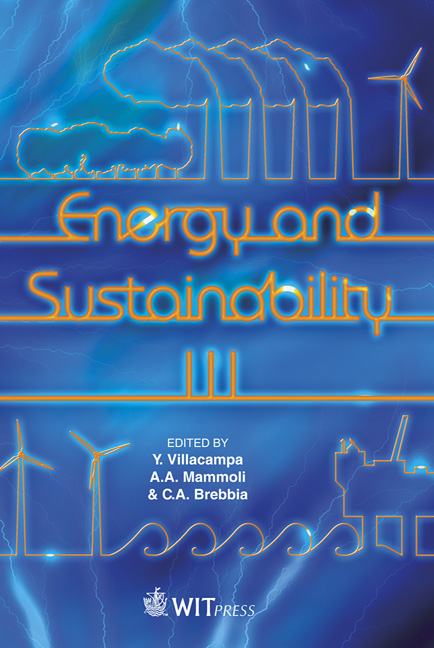Biomass Char Production At Low Severity Conditions Under CO2 And N2 Environments
Price
Free (open access)
Transaction
Volume
143
Pages
13
Page Range
109 - 121
Published
2011
Size
438 kb
Paper DOI
10.2495/ESUS110101
Copyright
WIT Press
Author(s)
G. Pilon & J.-M. Lavoie
Abstract
In a perspective of biomass value addition, biomass char, a thermochemical product, long time considered as a residue, is now getting attention and may represent a vector in the sustainability of the whole biomass sector. Some char types were shown to have great potential as a solid fuel or precursor for further transformations as well as having attributes for storage and transportation. Other types showed potential as a soil carbon sequestration technique and soil amendment enhancing biomass yields. Depending on several factors, but mostly on biomass and production conditions, biomass char physico-chemical characteristics may vary tremendously. Therefore, in order to be used in accordance for specific utilizations, its characteristics must be carefully understood and controlled. In this study, chars with varying properties were produced in a custom-made lab-scale fixed bed reactor. Along these experiments, various biomass chars were produced under CO2 and N2 for temperatures of 300 and 500 °C. Char was produced from switchgrass (Panicum virgatum L.) an energy crop grown in Canada. It was then characterized for ultimate and proximate analysis as well as for calorific value. In addition, specific surface was characterized by Brunauer-Emmett-Teller (BET) technique. Char organic content composition was verified by Soxhlet extractions using dichloromethane and extracts were analysed by GC-MS. Keywords: BET, biochar, biomass, bio-oil, char, CO2, pyrolysis, torrefaction.
Keywords
BET, biochar, biomass, bio-oil, char, CO2, pyrolysis, torrefaction





